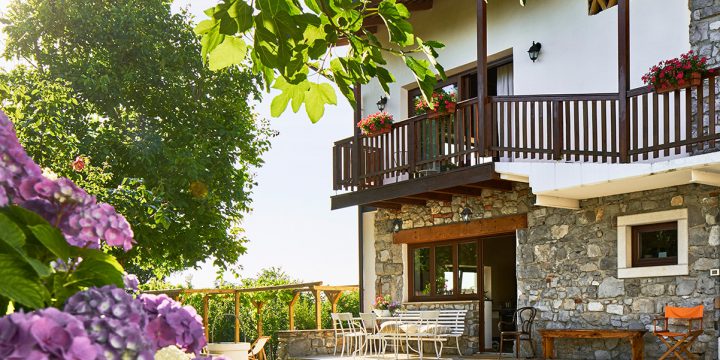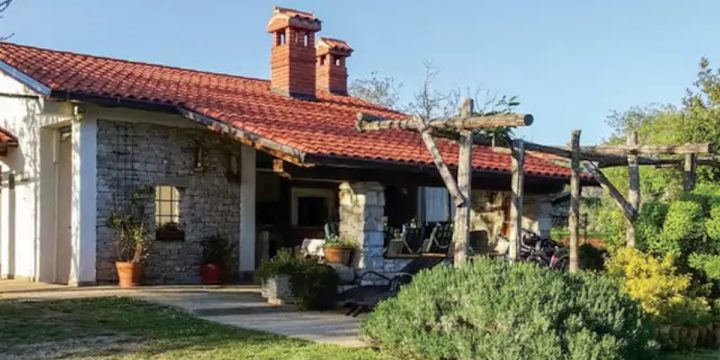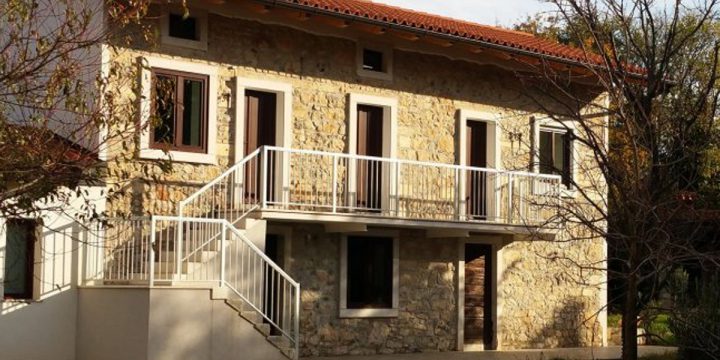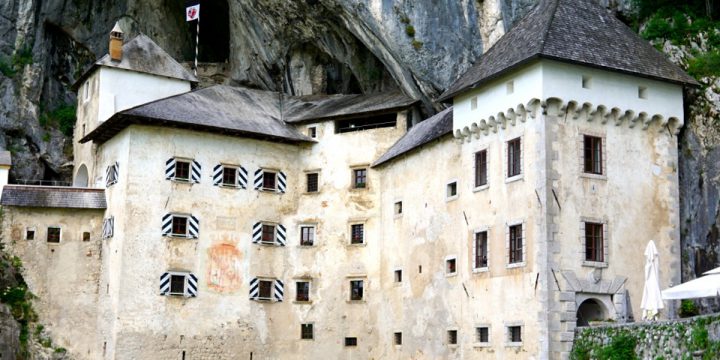
Predjama Castle
Predjama Castle Predjama Castle (Slovene: Predjamski grad or grad Predjama, German: Höhlenburg Lueg, Italian: Castel Lueghi) is a Renaissance castle built within a cave mouth in south-central Slovenia, in the historical region of Inner Carniola. It is located in the village of Predjama, approximately 11 kilometres from the town of Postojna and 9 kilometres from Postojna Cave.[1] History of the castle 1816 lithography of the castle by Karl Friedrich Schinkel The castle was first mentioned in the year 1274 with the German name Luegg, when the Patriarch of Aquileia built the castle in Gothic style. The castle was built under a natural rocky arch high in the stone wall to make access to it difficult. It was later acquired and expanded by the Luegg noble family, also known as…
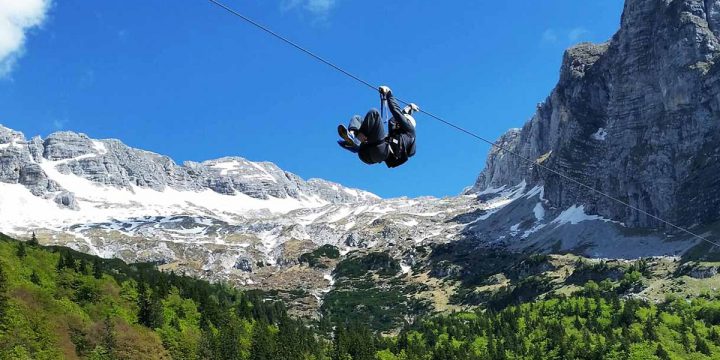
Ziplining
Ziplining Ziplining is an adrenaline drop down steel wires that connect two points. The length between the wires varies. Our wires are between 550 and 700 m long. Your tourist guide safely fastens you on the pulley using security belt and you are good to go, feeling free like a bird.
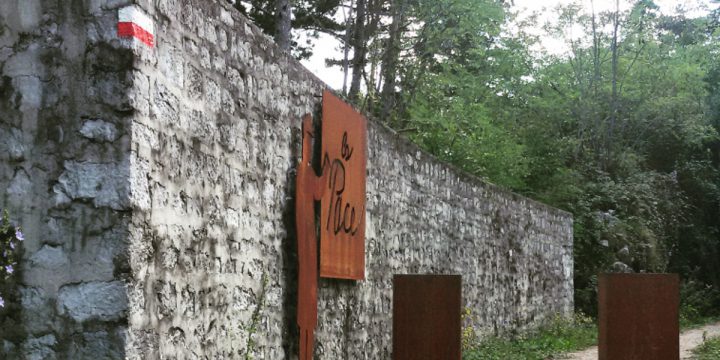
Mount Brestovec
Mount Brestovec The gun tunnel of Mt. Brestovec was dug below the summit of this height between January and August 1917. Inside, eight 149mm guns were installed, pointed at the Comeno Karst, divided into four groups in order to obtain a broader shooting range. Today, this spectacular military installation has been cleaned and restored, so visitors can admire the structure and understand its use. Even more significant is the creation, inside the tunnel, of an imaginary narrative, combining the recounts of an Italian and an Austro-Hungarian soldier. The posts along the main tunnel include a number of metal panels showing the events that led to the construction of this tunnel and, more generally, the Great War on the Karst. The first station shows the movements of the frontlines between…
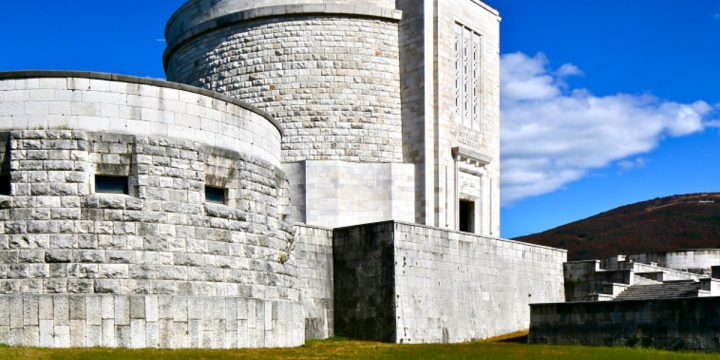
Ossuary of Oslavia
Ossuary of Oslavia The Ossuary of Oslavia was built on Height 153 of Mt. Calvario in 1938, designed by Roman architect Ghino Venturi. The monument was created by the fascist regime to accommodate the remains of the soldiers who fell in different battles fought around Gorizia and Tolmin (now part of Slovenia) during the Great War. The Ossuary lies on a triangular area and includes four towers, one for each vertex of the complex plus a central tower. Inside each tower are the burial niches of the fallen soldiers, all along the walls, for a total of around 20 thousand names, including 138 Austro-Hungarian soldiers. The remaining 37 thousand unknown soldiers (including 539 foreigners) are instead buried inside three large ossuaries in the middle of the lateral towers. All…
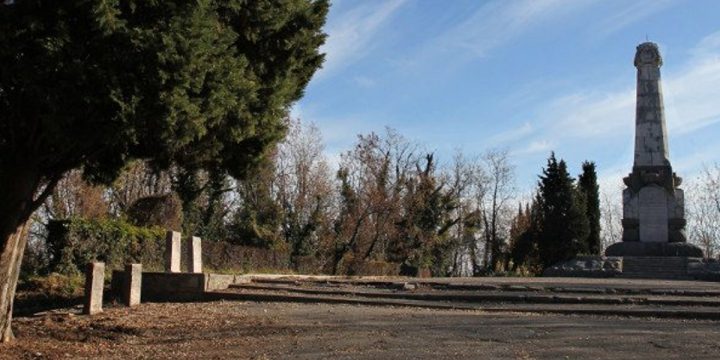
Mount Calvario / Podgora
Mt. Calvario / Podgora Along the two kilometres uphill leading to the summit of Mt. Calvario, if you look carefully through the vegetation, you will be able to spot some trenches dug by soldiers during the war. The most visible is the one on the dirt road right on the top, excavated by the 24th Diggers Division after August 1916. Park your car in the esplanade and walk for 5 minutes to the Memorial stone dedicated to the Julian volunteers who fell on this hilltop. The four sides of the stone are engraved with the names of these Italian soldiers, who were considered traitors by the Austro-Hungarians and were killed in 1915 during an assault against the Habsburg defence lines. If you continue driving, after a few minutes you…
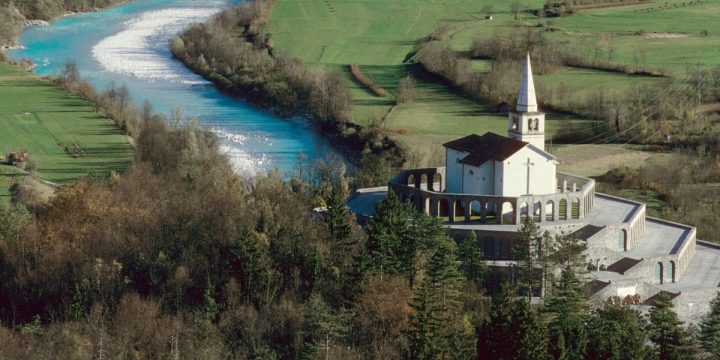
Kostnica s Cerkvijo Sv. Antona / Sacrario dei Caduti di Caporetto
Cerkev Svetega Antona Padovanskega / Sacramento de Caduti di Caporetto The military memorial Caporetto or Saint Anthony's sanctuary is an Italian military memorial located in Kobarid, Slovenia; It houses the remains of Italian 7014 killed during the First World War. Built by the Italian state, which belonged to that region, the sanctuary was completed in September 1938 and was opened by the head of the government of time, Benito Mussolini. It was built on the hill Gradic designed by the sculptor Giannino Castiglioni and the architect Giovanni Greppi north of the city of Kobarid, taking the remains of Italian soldiers by the military cemeteries in the area, including those of Bovec. Under the 7014, known as 1748, they were collected in six graves on either side of the middle…
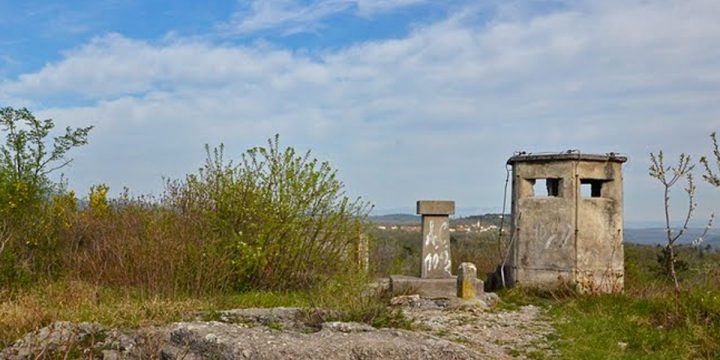
Kremenjak Hill
Kremenjak Kremenjak, a hill with a scenic view and some memories from the Great War era. Gives you a beautiful view of the Karst region where part of the 12 battles of the Isonzo are fought. You can see all the way from Mt. Hermada, along Monfalcone to Redipuglia and Mt. San Michele. IBT Program Research 2019 [gallery type="rectangular" link="file" size="full" ids="2543,2544,2545,2546"] IBT PRogram Research 2017

